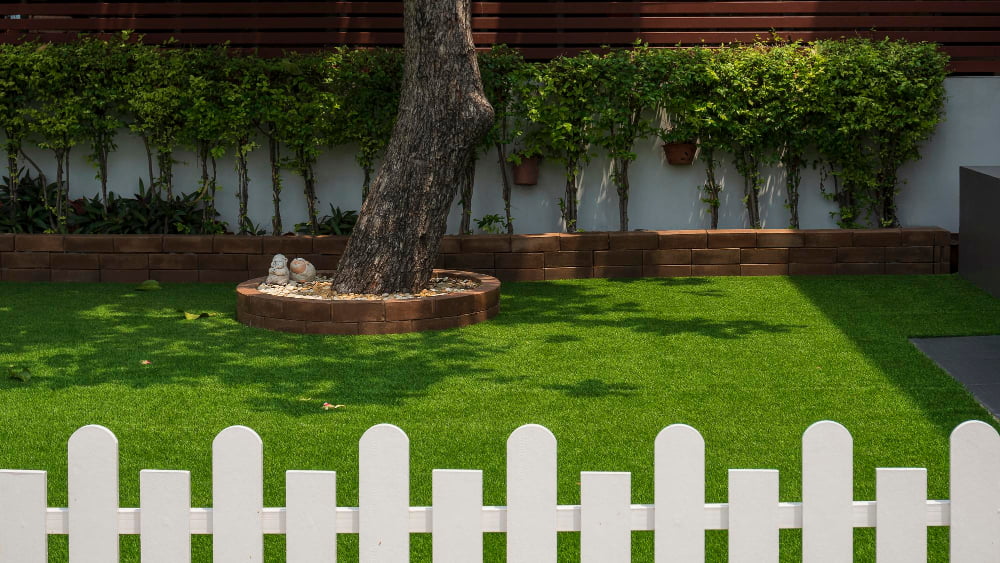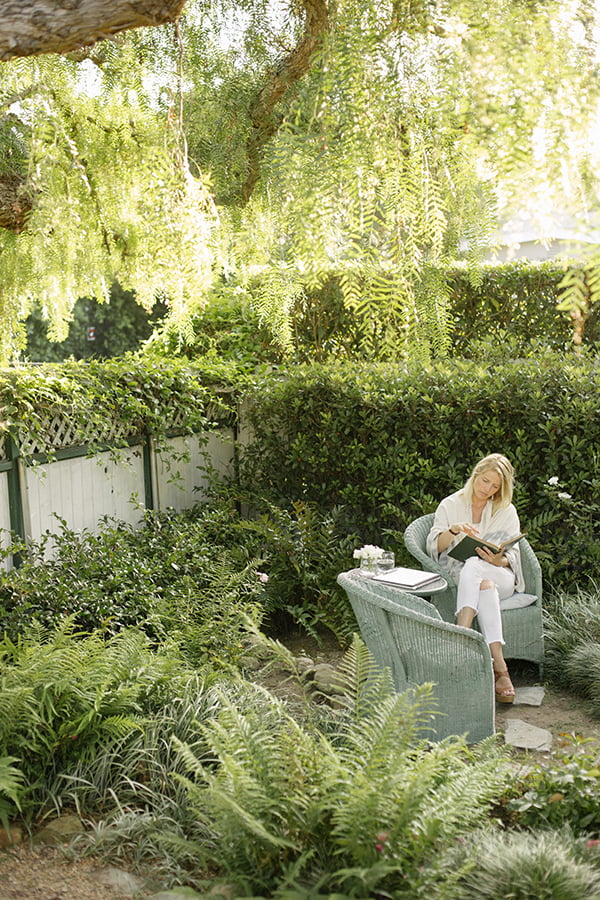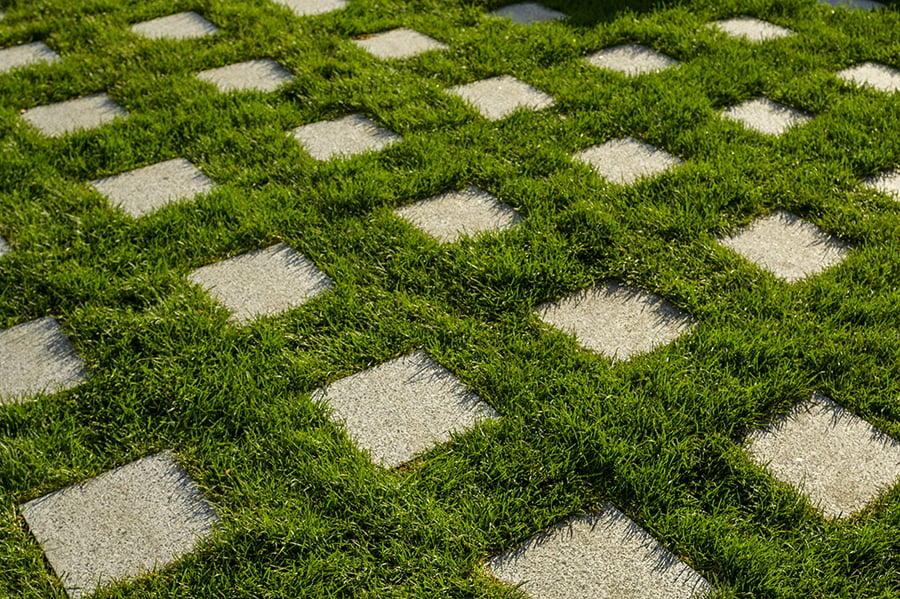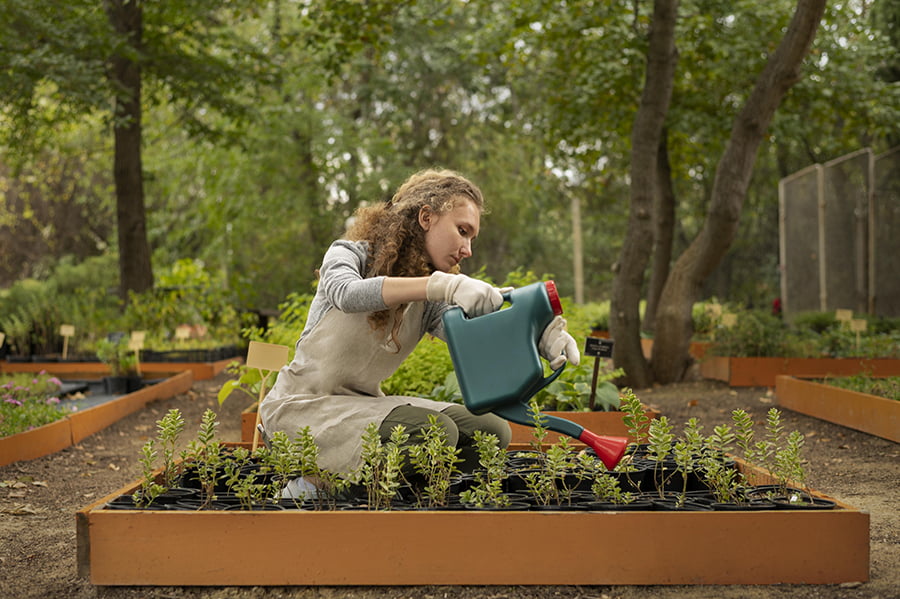Learn how to design an ornamental grass garden layout to create a serene and visually appealing outdoor space.
Key takeaways:
- Assess your space for size, sunlight, soil, and existing elements.
- Design with balance, repetition, color coordination, and movement in mind.
- Choose ornamental grasses of different sizes for various areas.
- Incorporate walkways and pathways to guide the viewer’s gaze.
- Maintain your garden by watering sparingly, cutting back in spring, weeding regularly, and fertilizing lightly.
Assessing Your Space

Before diving into your garden design, take a good look at your available area. Start by measuring the actual size of the space. This will guide you in selecting grasses that fit well without overcrowding. Next, observe the sunlight patterns throughout the day. Some grasses thrive in full sun, while others prefer a bit of shade. Consider the soil type as well; different grasses have varying soil preferences. Lastly, think about the existing landscape elements. Are there trees, shrubs, or structures that could affect the growth or visibility of your ornamental grasses? By understanding these facets, you can create a more successful garden layout.
Design Principles for Ornamental Grass Gardens
Creating a visually appealing ornamental grass garden hinges on a few key design principles. Start with the concept of balance. Distribute grasses of varying heights and textures throughout the space to create a dynamic but harmonious look. It’s like mixing different musical notes to compose a pleasing harmony rather than a random cacophony.
Next, consider repetition. This isn’t about cloning the same layout repeatedly but rather echoing similar shapes or colors. It creates a rhythm that guides the eye smoothly through the garden, much like a recurring chorus in a song that makes it catchy.
Color coordination plays a significant role too. Ornamental grasses aren’t just green; they display a range of colors from deep burgundy to bright yellow. Choosing grasses that complement each other can enhance the overall aesthetic appeal and set a mood—from vibrant and energetic to calm and serene.
Finally, think about the movement. Grasses sway in the breeze, bringing a lively, ever-shifting character to your garden. Position them where they can dance with the wind, and you’ll add an element of animation that keeps the garden feeling alive. This is one way your garden constantly “redecorates” itself!
Choosing Ornamental Grasses By Size
When selecting ornamental grasses, think of them as players on a sports team: each has a role that contributes to the garden’s overall performance. Taller varieties like Maiden Grass or Pampas Grass can create a stunning backdrop or a privacy screen when planted towards the back of your garden.
Medium-sized grasses, such as Switch Grass and Fountain Grass, work well in the middle ground, offering texture and movement. They bridge the gap between your taller and shorter selections, lending depth to your layout.
For the front rows, opt for low growers like Blue Fescue or Japanese Forest Grass. They neatly edge pathways and define garden borders, keeping the scene picturesque without overwhelming the viewer.
Remember, a mix of heights draws the eye along a dynamic visual journey, making your garden not just a space to view, but a story to experience.
Incorporating Walkways and Pathways
Walkways and pathways serve as more than just practical features in your ornamental grass garden; they guide the viewer’s gaze and encourage a journey through the varied textures and movements of the grasses. When designing your pathways, opt for natural materials like stone or wood chips that complement the organic feel of the grasses. Plan curves rather than straight lines to create a sense of discovery and add visual interest. Remember to consider the width of the paths—wide enough to comfortably walk through, but narrow enough to keep the focus on the plants. Additionally, placing taller grasses at the bends of your paths can create delightful surprises as new scenes reveal themselves while one strolls through the garden.
Maintenance Tips for Ornamental Grass Gardens
Keeping your ornamental grass garden in tip-top shape doesn’t have to be a chore. A little care goes a long way to preserve the beauty and health of your garden. Here are a few straightforward tips:
Water sparingly. These plants generally thrive on less water. Test the soil with your finger—if it’s dry a couple of inches down, it’s time to water.
Cut back in early spring. Trimming the grasses down in spring clears the way for fresh growth. Use garden shears to cut a few inches above the base.
Watch out for weeds. Regular weeding prevents unwanted plants from sapping nutrients that your ornamental grasses need.
Fertilize lightly once a year. A mild dose in the spring can support growth without overwhelming these naturally robust plants.
By performing these simple actions, you’ll keep your garden both dazzling and healthy with minimal effort.




